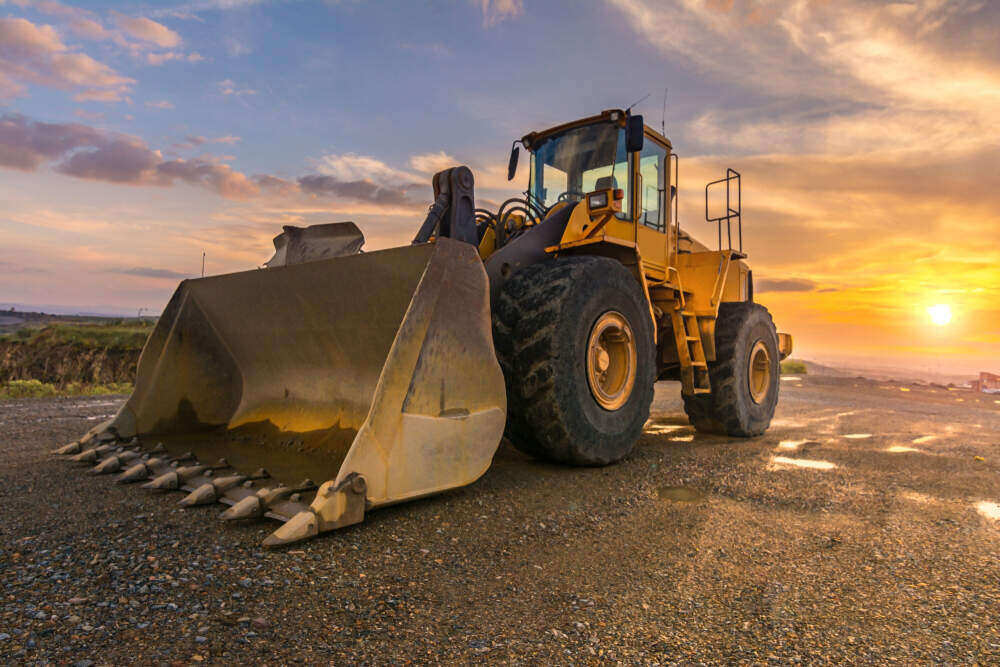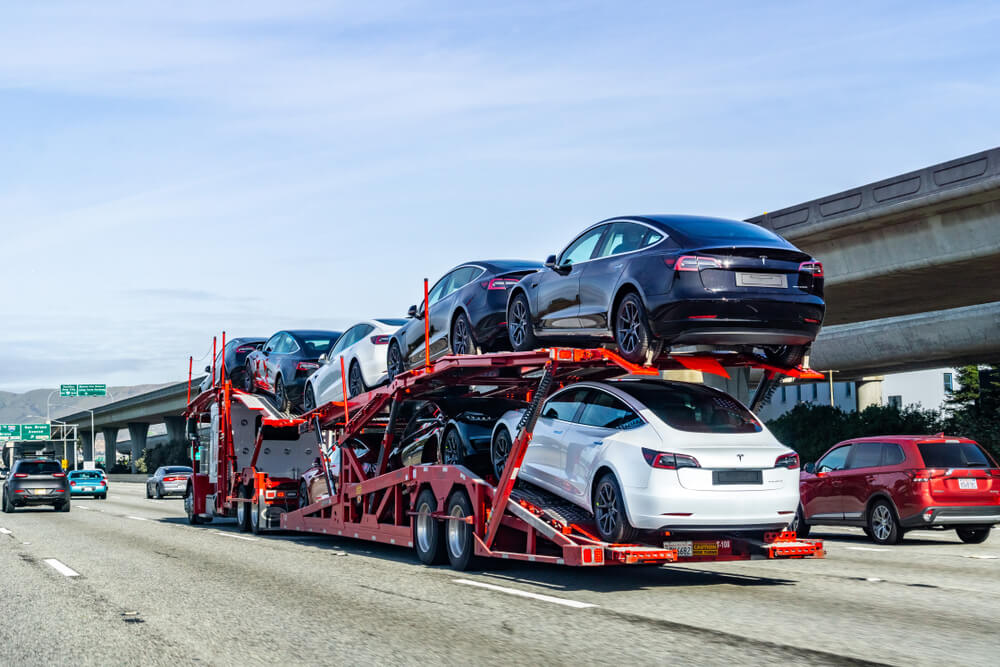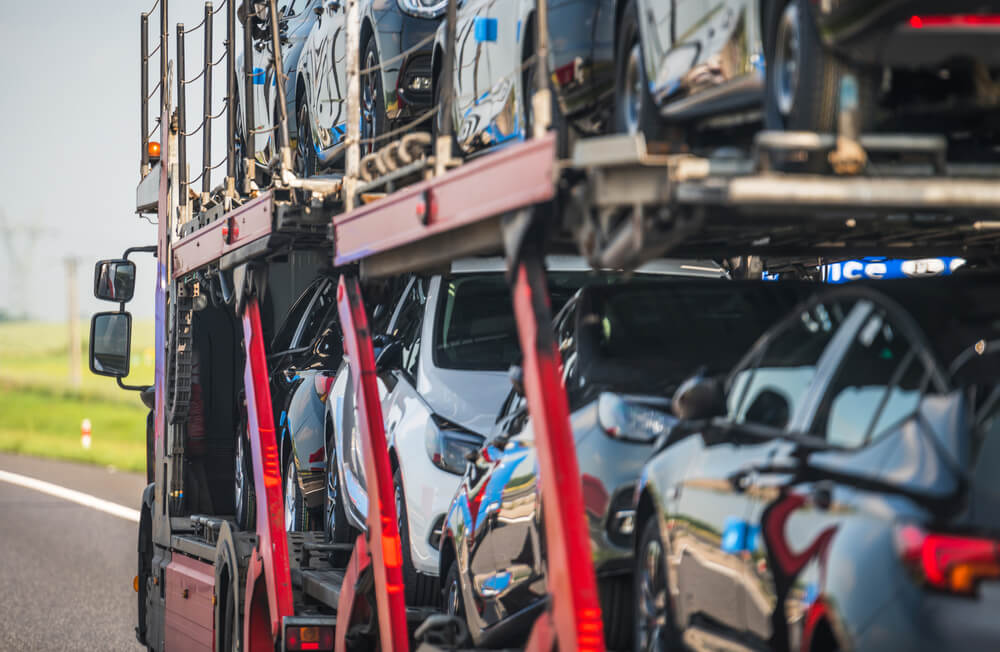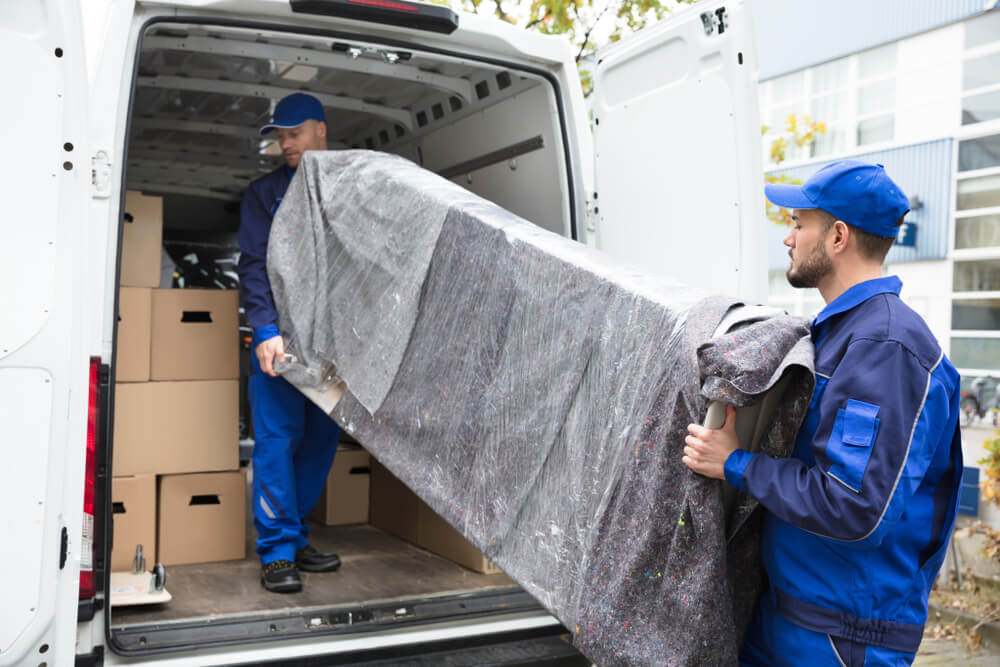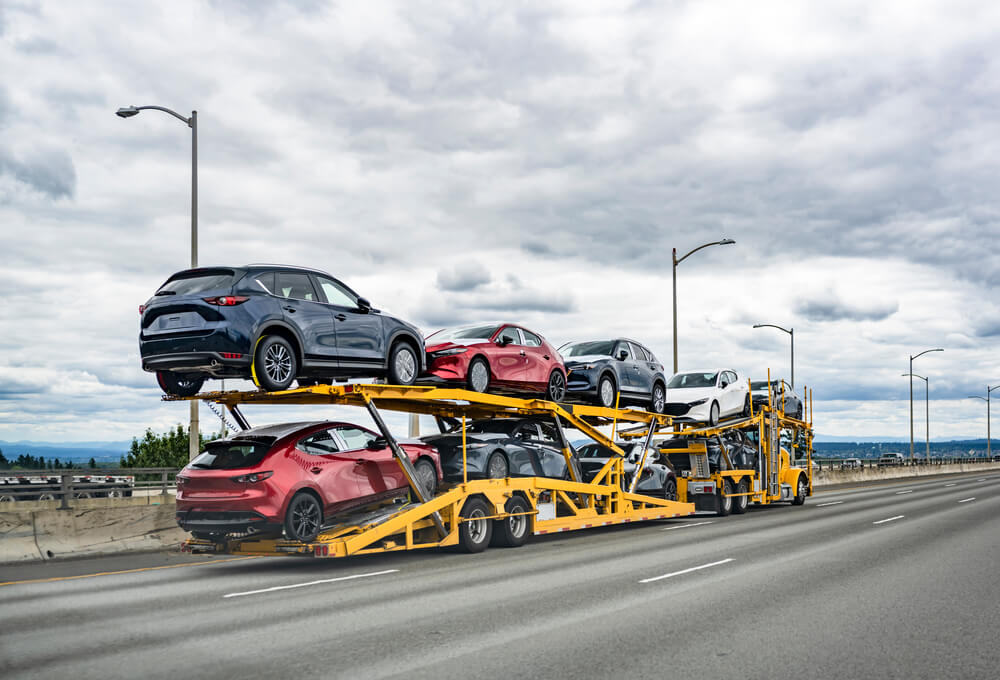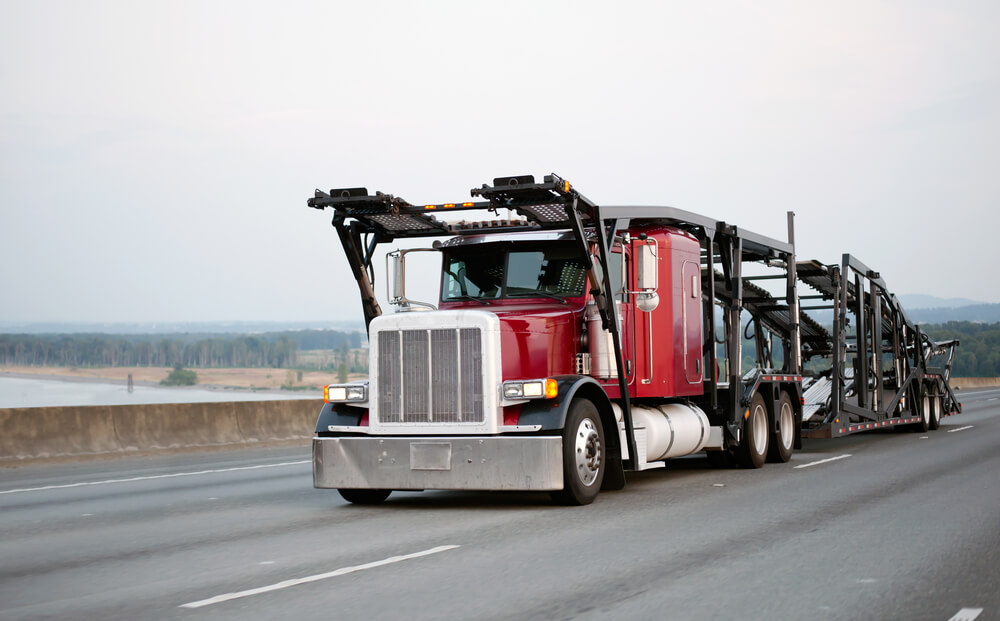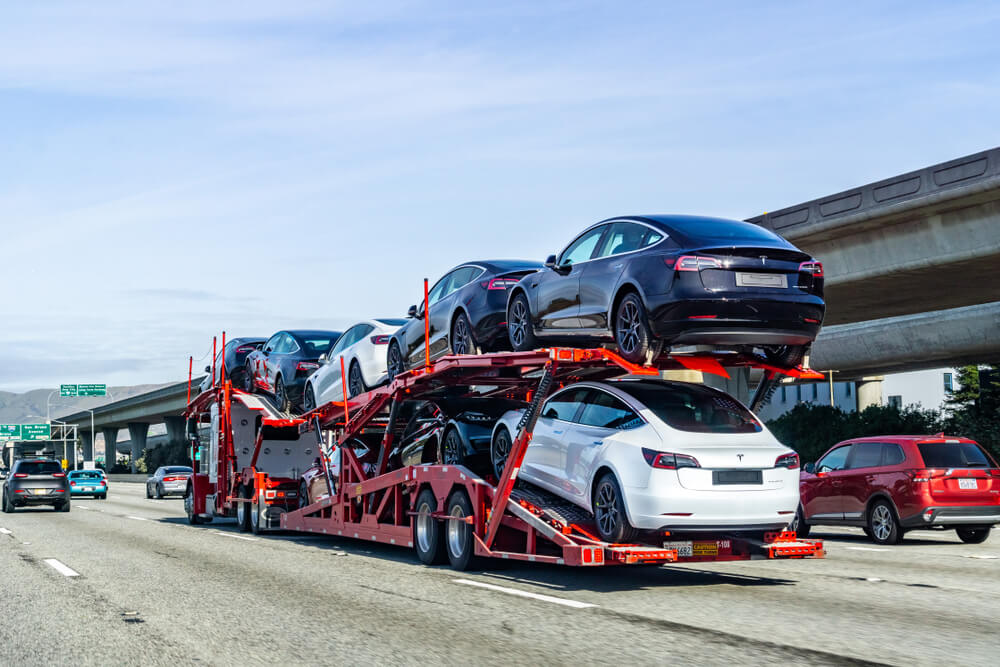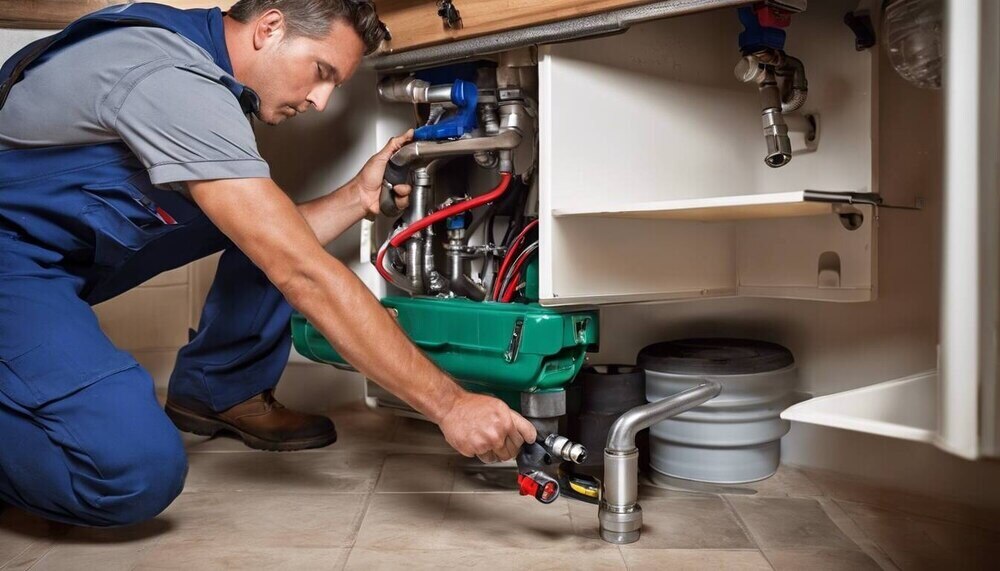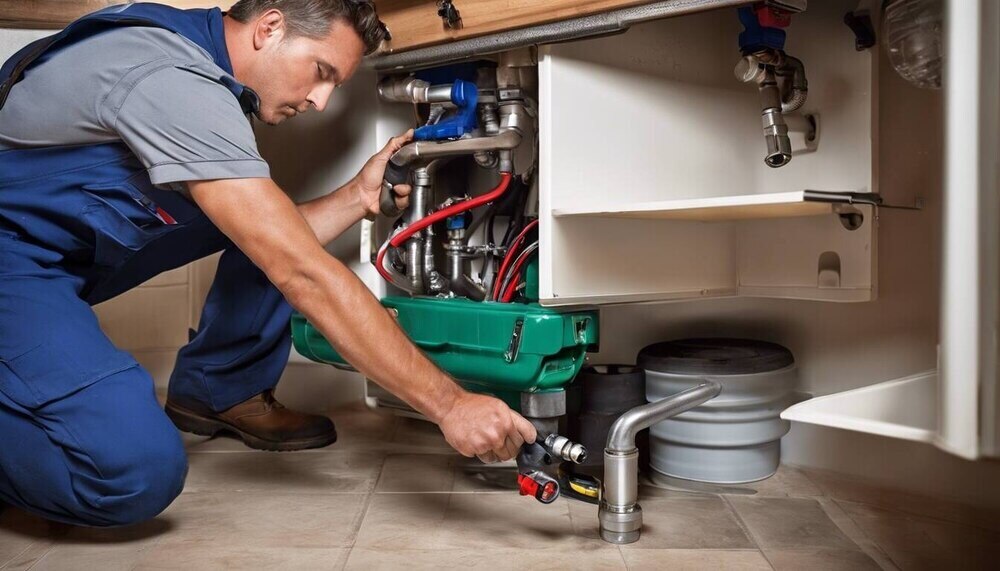The Complexities of Oversized Equipment Transportation: Ensuring Safe and Efficient Heavy Hauling

Transporting oversized equipment is a critical and complex operation that demands expert planning, oversizedequipmenttransportation.com adherence to stringent regulations, and specialized equipment. Whether moving construction machinery, industrial components, or agricultural equipment, the safe and efficient delivery of these large loads requires a comprehensive understanding of logistics, safety, and compliance. This article explores the nuances of oversized equipment transportation, offering insights into the challenges and best practices for moving heavy, bulky cargo.
What is Oversized Equipment Transportation?
Oversized equipment transportation refers to the movement of cargo that exceeds standard legal dimensions or weight limits set by transportation authorities. These items are often too large or too heavy to be transported using regular freight methods. Examples include cranes, bulldozers, large tanks, and manufacturing machinery.
Due to their size and weight, these loads are subject to strict regulations that differ by state and country, often necessitating special permits, route planning, and additional safety measures. This specialized transportation sector ensures that oversized equipment reaches its destination safely and without causing damage to infrastructure or risking public safety.
Key Challenges in Transporting Oversized Equipment
Transporting oversized equipment comes with unique challenges that require meticulous preparation:
1. Regulatory Compliance: Oversized loads must comply with state and federal regulations, which vary widely. Obtaining the appropriate permits is mandatory before the move can begin. These permits often specify allowable travel times, approved routes, and any escort or pilot vehicle requirements. Failure to comply can lead to hefty fines, delays, or even impoundment of the equipment.
2. Route Planning and Surveying: Planning the transportation route is critical. Not every road, bridge, or tunnel can support oversized or overweight loads. Low-clearance bridges, sharp turns, narrow roads, and weight-restricted infrastructure must be carefully evaluated. Professional route surveys help identify potential obstacles and ensure the safest and most efficient path is chosen.
3. Specialized Equipment: Oversized loads require specialized trailers and transport vehicles. Common types include lowboy trailers, which sit close to the ground allowing for tall equipment; removable gooseneck (RGN) trailers that facilitate loading heavy machinery; and step-deck trailers designed for extra clearance. The right equipment ensures stability, safety, and compliance with legal weight limits.
4. Safety Considerations: Safety is paramount in oversized equipment transportation. Loads must be securely fastened and properly balanced to prevent shifting during transit. Warning signs, flags, and lights are used to alert other drivers, while escort vehicles may accompany the load to provide additional safety and guidance on the road.
5. Skilled Personnel: Highly experienced drivers and support crews are essential. Drivers must be trained to handle the specific challenges of oversized loads, including managing limited maneuverability and maintaining constant vigilance on the road. Escort drivers and logistics coordinators also play vital roles in ensuring the transport is successful.
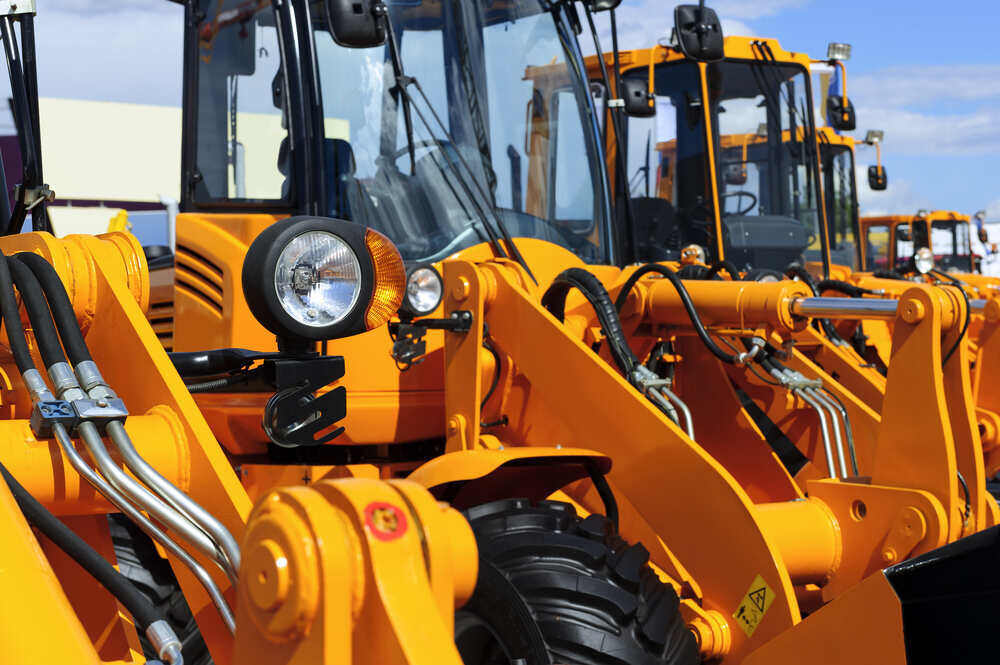
The Role of Professional Oversized Equipment Transportation Services
Specialized transportation companies, such as those found on oversizedequipmenttransportation.com, provide comprehensive services tailored to oversized equipment hauling. Their expertise spans every aspect of the process:
- Permit Acquisition: They navigate the complex regulatory environment to secure all necessary permits quickly and accurately.
- Route Engineering: These companies conduct detailed route surveys, identifying the best possible path while mitigating risks.
- Equipment Provision: They supply the appropriate trailers and transport vehicles needed for each unique load.
- Safety Management: They implement stringent safety protocols to protect the cargo, the transport team, and the public.
- Logistics Coordination: They manage scheduling, communication, and on-the-ground coordination to ensure smooth delivery.
By partnering with professionals, businesses can reduce the risks, costs, and stress associated with oversized equipment transport.
Best Practices for Oversized Equipment Transport
To optimize the transportation of oversized equipment, it’s important to follow best practices:
Start Early: Oversized transportation projects require time for permits, planning, and preparation. Starting early avoids costly delays.
Detailed Communication: Maintain clear and continuous communication between all stakeholders, including transport companies, regulatory bodies, and receiving locations.
Load Securement: Use certified equipment to secure the load. Inspections before, during, and after transit help prevent accidents.
Use Technology: GPS tracking and route monitoring enable real-time updates and quick responses to any issues that arise.
Post-Delivery Inspection: Always inspect equipment after delivery to ensure it arrived in good condition and document any damages immediately.
The Importance of Oversized Equipment Transportation in Various Industries
Many industries rely heavily on oversized equipment transportation:
- Construction: Moving cranes, excavators, and large building components is common.
- Agriculture: Transporting large tractors, harvesters, and irrigation systems.
- Manufacturing: Moving industrial machinery between facilities.
- Energy: Transporting wind turbine blades, transformers, and pipeline sections.
Efficient and safe transportation ensures projects stay on schedule and within budget.
Conclusion
Oversized equipment transportation is a highly specialized sector requiring deep expertise and careful coordination. With the right planning, equipment, and experienced professionals, even the largest and heaviest loads can be transported safely and efficiently across vast distances.
